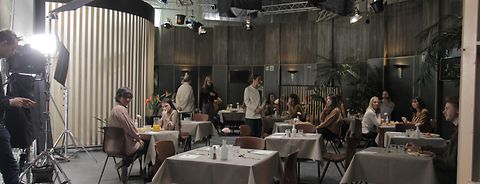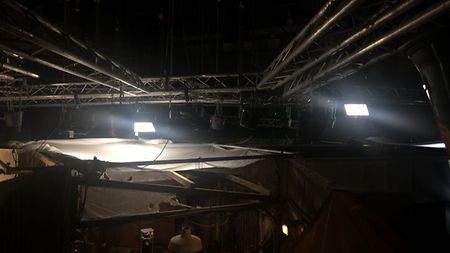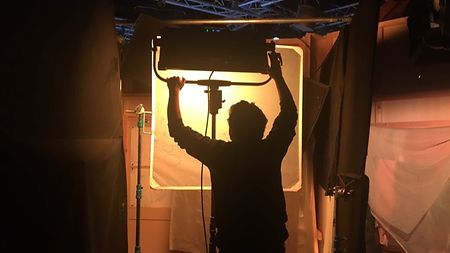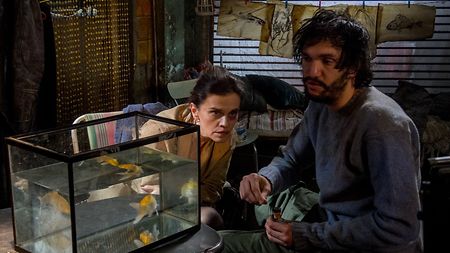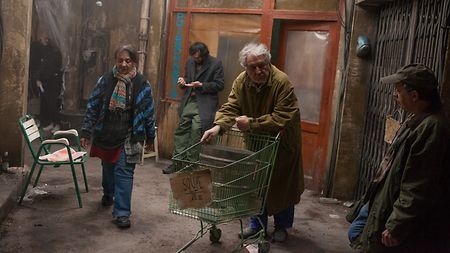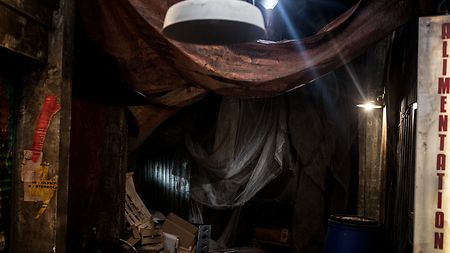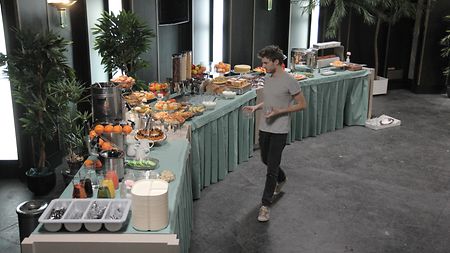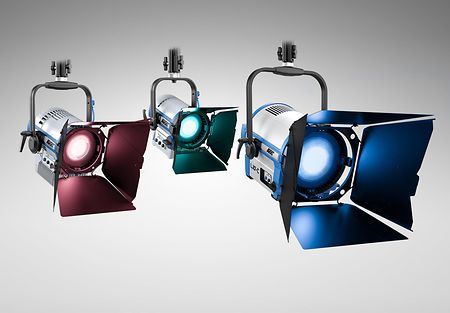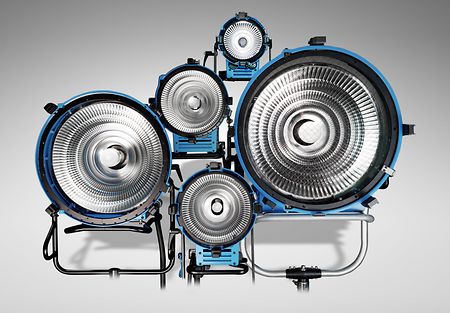Located in the former Pathe Studios in Paris, France, La Fémis has been training the next generation of French and foreign filmmakers since 1944. Originally organized under the name L'Institut des hautes études cinématographiques ("Institute for Advanced Cinematographic Studies"), the school is now a public establishment under the responsibility of the Ministry of Culture and Communication and is officially known as Ecole Nationale Supérieure des Métiers de l’Image et du Son (National Higher School of Image and Sound Professions).
Since this renowned institution’s inception, La Fémis has been committed to training students on the various disciplines of film: directing, cinematography, producing, screenwriting, editing, sound production, production design, continuity, distribution, and cinema management. Famous alumni include names such as Francois Ozon, Louis Malle and Patrice Leconte. The school has also set forth several missions they seek to fulfill. One states to “provide, in liaison with the professional industry, initial and continuous education and training in the disciplines of film, television and all other forms of communication and audiovisual expression, and confer a degree qualification.” Another mentions to “design, draft, produce, publish and distribute educational, artistic, technical and scientific documents concerning the disciplines in the cinematography and sound production sectors, in particular the audiovisual works and documents produced by students during their training at La Fémis.” For both of these institutional goals, ARRI was able to step in and lend a hand.
